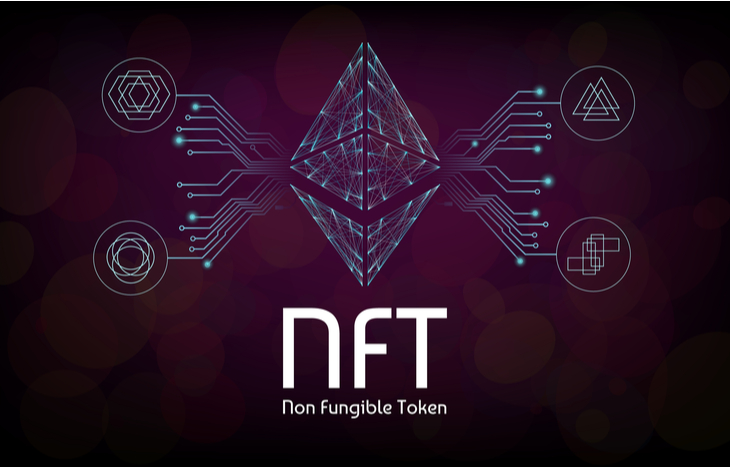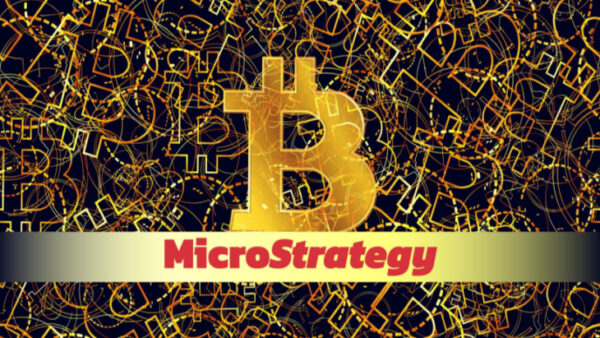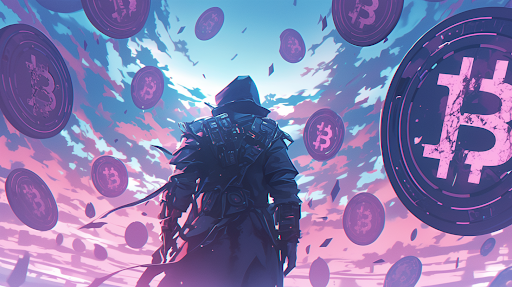What Are NFTs and What Do They Do?
“What are NFTs?” It’s a question we’ve fielded a lot lately. The idea behind them has been around for a while. But they gained a bit of legitimacy once Christie’s became the first major auction house to offer a purely digital work of art with a unique NFT in 2021.

Let’s start with the basics. NFT is an initialism that stands for non-fungible token. The key word there is fungible. Non-fungible means it’s not able to be replaced. And these virtual tokens can represent anything from unique digital art to games to sports collectibles. And they’ve had a noteworthy impact on the adoption of cryptocurrencies. But before we get into the complicated part, here’s a quick history lesson.
Digital art isn’t new. The German academic Georg Nees showed digital works back in 1965. They were mostly somewhat crude geometric illustrations. Digital art got a lot more serious when Andy Warhol created a portrait of Debbie Harry using his Amiga 1000 in the 1980s. But it wasn’t the digital version collectors were after. The image’s final form lived through acrylic paint silkscreened onto linen. Today’s digital art doesn’t need a space in the physical world. However, that poses problems of its own: authenticity.
Digital art is easily plagiarized. Just think about how easy it is to go on Pinterest and copy an image. You can find priceless works reserved for the galleries of the world all over the site. And when it comes to modern digital art, it’s hard to verify where it came from. That is, until the decentralized and secure aspect of blockchain technology came into the fold. And this is the start to answering the question, “What are NFTs?”
What Are NFTs: A Primer
NFTs represent scarcity of digital content. The Ethereum blockchain allows artists, content creators and even gaming companies to attach attribution to their creations through NFTs. One of the first major adopters of this was the niche website CryptoKitties, which allowed folks to buy, sell and breed digital cats.
Just as FarmVille was a social media staple and Angry Birds was huge thanks to smartphones, CryptoKitties was blockchain’s – and in turn NFTs’ – first foray into the mainstream. The game allows people to acquire digital cats with set attributes and try to breed them with others in order to generate new, increasingly rare cats. And all of these CryptoKitties are easily traceable back to their creators thanks to NFTs. Animal husbandry has never been so much fun…
Some folks – or at least a folk – were willing to spend $140,000 in Ether cryptocurrency on one of these digital kitties a few years back. It was only a matter of time before high art and sports collectors got in on the action.
While both NFTs and cryptocurrencies operate on blockchain technology, NFTs are not interchangeable the way one Bitcoin is the same as another. They each represent unique digital files that live on the blockchain. This makes it easier than ever to prove the rightful owner and origin of a piece of digital art. Plus they can be owned and transferred like any other asset. And their value comes from what someone is willing to pay for them. In this way, NFT-backed works are no different from investing in traditional art or baseball cards.
The NFT Marketplace
SuperRare, OpenSea and Rarible are among the most popular marketplaces to buy NFTs. SuperRare is a heavily curated marketplace that offers only single edition artworks – all of which are tracked on the blockchain, making the pieces rare, verified and collectible.
On the other hand, OpenSea is a marketplace for user-owned digital goods. This is where NFT owners and creators can sell their goods. Popular items include collectibles, gaming items, domain names, digital art and other assets backed by a blockchain. Rarible operates along the same lines.
This is by no means a comprehensive list of NFT markets. These just happen to be among the most popular at this time. But it does give an inkling to just how influential they can become going forward as an asset class.
The musician Deadmau5 has successfully launched several limited-edition “packs” of NFT collectibles that racked up close to $500,000 in sales. The singer Two Feet made more than $1 million in an NFT collaboration with the artist FEWOCIOUS. The digital artist Beeple made $3.5 million in just 24 hours. In this case, a physical chest that included a digital screen to display the unique animated art was also included in the sale.
Crypto Art Goes Big-Time
With the Christie’s auction, Beeple’s artwork was delivered directly to the buyer, along with the unique NFT. Also of note, the auction house accepted Ether (ETH) as payment. And that NFT contained the artist’s unforgeable signature that can be easily identified on the blockchain.
As far as asset classes go, this is about as new as it gets. However, its growth alone should give readers pause. The NFT market nearly tripled in 2020. There were more than $250 million in transactions. And the total value of all NFT transactions worldwide jumped 21,350% to more than $17 billion in 2021. And it’s not just for artists you may not have heard of.
Nike (NYSE: NKE) got in on the action with a unique pair of sneakers that sold for more than $13,000 in Ether. Luxury goods company LVMH is beginning to use blockchain tech to fight fakes. And the NBA’s Top Shot NFT collectibles have a market cap above $1 billion.
Among a certain cross section of the population, NFTs are already becoming a leading asset class. And going forward, they – in conjunction with blockchain tech – will serve as a vital authentication tool as we shift toward a digital economy.
What Are NFTs? Still Unsure? Here’s the Bottom Line
Whether you’re a critic or a champion of cryptocurrency, it’s hard to ignore the innovation it’s led to. Blockchain technology is being adopted for use in medical record management. It’s being used to monitor supply chains. It may one day change how we vote. And its capabilities in regard to copyright and royalty protection are a no-brainer for the art and collectibles space. NFTs are operating on a platform that is solving real problems. And in the process, it’s making digital transactions safer, cheaper and more reliable.
About Matthew Makowski
Matthew Makowski is a senior research analyst and writer at Investment U. He has been studying and writing about the markets for 20 years. Equally comfortable identifying value stocks as he is discounts in the crypto markets, Matthew began mining Bitcoin in 2011 and has since honed his focus on the cryptocurrency markets as a whole. He is a graduate of Rutgers University and lives in Colorado with his dogs Dorito and Pretzel.





